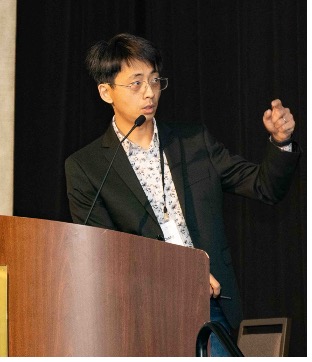In his webinar "Unveiling the Sun's Formative Environment: Isotopic Analysis with Large-Geometry Secondary Ion Mass Spectrometry Delivers Invaluable Insights", Dr. Ming-Chang Liu demonstrated how state-of-the-art large-radius SIMS instruments have enhanced our understanding of the Sun's formative astrophysical environment.
By analyzing the isotopic compositions of high-temperature solids in primitive meteorites, Dr. Liu explained the importance of the short-lived radionuclides 26Al and 10Be for understanding dust formation, planet formation, and the irradiation of energetic particles by the early Sun.
Download our one-page document summarizing the key learning points and obtain the video link of this webinar:
WATCH WEBINAR
DOWNLOAD ONE-PAGER
Key learnings will include:
- Discover how state-of-the-art SIMS technology is transforming our knowledge of solar system formation.
- Learn from Dr. Ming-Chang Liu, a leading expert with extensive publications.
- Engage with Dr Liu and get your questions answered
About the Speaker
 |
Dr. Ming-Chang Liu obtained his Ph.D. from UCLA in 2008 under the supervision of Prof. Kevin McKeegan. With over 20 years of experience, Dr. Liu has been at the forefront of developing and applying SIMS techniques to address astrophysical problems related to solar system formation. His work focuses on the isotopic compositions of high- and low-temperature components in chondritic meteorites and returned asteroid samples. Additionally, Dr. Liu has contributed to developing new SIMS analytical protocols to tackle challenges in geochronology, geochemistry, biogeochemistry, and nuclear forensics. He currently holds a position as a secondary ion mass spectrometrist at Lawrence Livermore National Laboratory. |